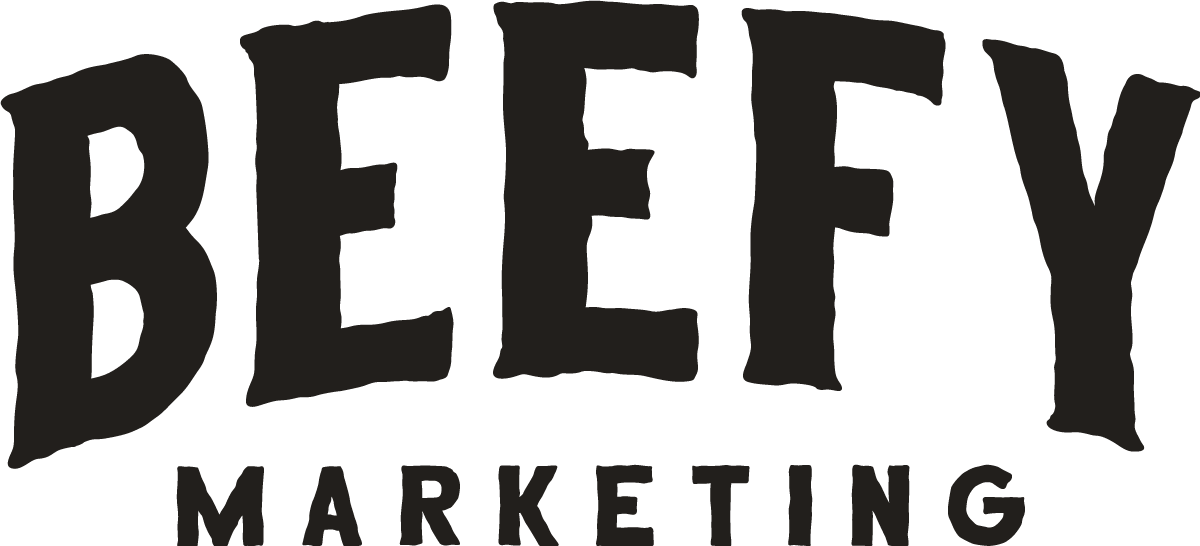Central to creating an effective inbound marketing strategy is knowing who you’re actually marketing to, which is why creating an accurate customer persona is key. If you’ve been at this a while, then it’s easy to assume that you’ve got a pretty good grasp on who your marketing efforts are geared towards; but be honest, how many times have your intuitive assumptions only proved to be partially true at best? While your intuition can get you started in the right direction, it takes more than intuition to create an accurate customer persona. You need to challenge your assumptions of your customers to see if what you think is actually true of the people you’re trying to market to.
Accurate customer personas drive every component of the inbound marketing strategy forward from the content you create, to how your website is designed, to how you market-specific content to your audience at different points in their buyer journey. Everything you do is driven forward by having a true picture of who your ideal customer actually is and it’s this picture that helps facilitate meaningful connections between your audience and your content.
And here’s the thing, maybe you’ve created a customer persona before, but it seems like your marketing efforts aren’t giving you the returns they once did. That’s because customer personas aren’t static. They change over time because people change over time. For example, as your customers experience different life stages, or as they shift into different roles at work or at home, these changes bring new challenges and needs to your audience. And while your marketing once provided relevant solutions to the challenges and needs your audience once faced, unless you’re actively re-evaluating your audience, your once relevant solutions can be anything but relevant.
If you’re ready to get an accurate picture of who your ideal customer is then be sure to check out these pro tips as you create your customer persona:
- Ask the right questions.
It isn’t simply enough to ask the basics when trying to get an accurate description of who your ideal customer is, you need to dive deep into who they are and what makes them tick. You don’t only need to ask about their job, you need to ask what they do at their job and the specifics of that role. What does a day in their life look like? What skills and education do they possess that allow them to function in the role they’re in? Who’s their boss and who are they over? How big is the company they work for? What does their company do? What are their goals, both in work and in other parts of life? What are the consistent challenges they face in the role they’re in and at home? What’s their age? What’s their financial background? What does their family life look like? Where do they go looking for answers when they’ve got a question? Are they on social media, and if so, what channels are they on? Why are they on those social media channels? Where do they shop for groceries? Where do they buy their clothes? What restaurants do they frequent? This is just a sample, but all of these questions are valid things to consider when trying to compile your customer persona. You’ll need to make a list of the questions you want to know the answers to, making sure these questions are helping you get the right answers. - Ask the right people the right questions.
When gathering answers to these questions, there’s a few ways to go about it. You can interview your current customers, send out customer surveys, check out your industry’s educational hubs, or analyze your website and existing customer data. All of these can be important ways to gather current information about your customers and employing all of them will help you get a broader and more complete picture of who your current customers are. It makes sense, right? The more you research, the better informed you’ll be. During this step, think about which method will help you get the most accurate information you’re looking for. For example, you could ask in a survey what blog posts your customers find the most helpful, or instead you could check out your website’s analytics to see which blog posts have received the most hits. This step is where the information you gather will either confront, confirm, or altogether change the assumptions you carry about your customers. - Tell your customer’s story.
After you’ve done the legwork of gathering all these answers, it’s time to create your customer persona. Your customer persona is as real as they are fictional, meaning, they actually represent the segment of your audience that is (or has the potential to be) the most profitable to your business. Give your customer persona a name that fits them, and you can even go so far as to pull a stock image that you think matches the overall description you’ve gathered. This step is all about looking at the answers you’ve gathered and identifying the “why” behind your customer persona’s “what.” To do this in a compelling way, organize and distill the information you’ve gathered into a story format. Don’t simply just list the facts, but instead weave them into a narrative that helps make your customer persona feel real. When you do this, you’re allowing the information you’ve gathered to take up residence in your imagination and will help to create compelling content that will connect with your target market.
The Beef
At Beefy, we specialize in identifying our client’s ideal customers. Give us a call at (855) 390-8570 and let one of our inbound marketing specialists help you find yours.



